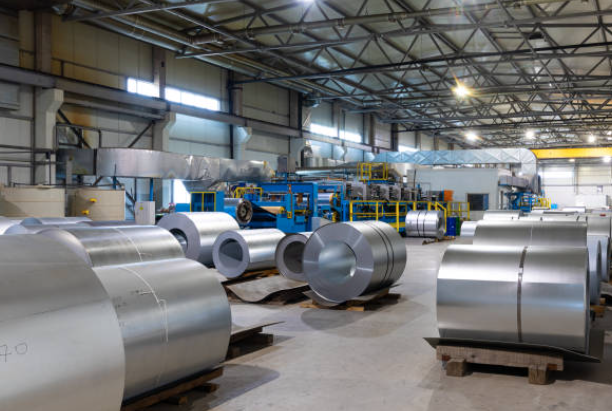
Posted on Friday, September 27, 2024
In the roll forming industry, the protection of metal products is crucial, especially when these materials are exposed to harsh environmental elements like rain, sun, salt, and chemicals. One of the most effective ways to safeguard metal products is by applying coatings to metal coils before the roll forming process. These coatings not only enhance the appearance of the product but also significantly boost its durability and lifespan.
In this blog, we’ll dive into the various types of metal coatings commonly used, how they enhance product performance, and best practices for handling coated coils during the roll forming process.
1. Galvanization
Galvanization involves applying a protective zinc layer to steel or iron to prevent rust. This is one of the most popular coatings, particularly in industries that require outdoor durability, such as in metal roofing and highway guardrails. The zinc serves as a sacrificial coating that corrodes before the steel does, offering superior protection against moisture and corrosive environments.
2. Paint Coatings
Paint coatings are applied to metal coils not only for aesthetic purposes but also for added protection. Coatings like polyester, acrylic, and PVDF (Polyvinylidene Fluoride) are commonly used, each offering a different balance of flexibility, UV resistance, and durability. For example, PVDF is highly UV resistant and perfect for metal panels used in commercial buildings, while polyester coatings provide excellent corrosion resistance for less demanding applications like siding and patio covers.
3. Anodizing
Anodizing is a process used primarily for aluminum, creating a durable, corrosion-resistant surface. This method thickens the natural oxide layer on the metal, which enhances its resistance to wear and corrosion. Anodized aluminum is frequently used in architectural projects and marine applications, where the material must withstand harsh weather and saltwater conditions.
The purpose of metal coatings extends far beyond aesthetics. These layers act as shields that protect the base metal from harmful environmental factors. Here’s how different coatings improve the durability and longevity of roll-formed products:
While coatings provide substantial protection, mishandling during the roll forming process can damage the finish and reduce the effectiveness of the coating. To maintain the integrity of coated coils, it’s crucial to follow best practices when handling and forming these materials:
1. Proper Storage
Coated coils should be stored in a dry, clean environment to prevent moisture buildup, which could lead to premature corrosion. Keep them away from abrasive materials that might scratch the surface.
2. Use Clean Gloves
Always handle coated metal with clean, soft gloves to avoid contamination or scratches. Even a small scratch can compromise the protective coating and expose the base metal to corrosion.
3. Adjust Roll Forming Machine Settings
When processing coated coils, the roll forming machine’s rollers should be adjusted to apply the correct amount of pressure. Excessive pressure can cause scratches or even strip the coating. If necessary, lubricants can be used to reduce friction, but be sure to use compatible products that won’t affect the coating.
4. Inspect for Damage
Before beginning the roll forming process, inspect the coils for any pre-existing damage to the coating. Catching issues early will save you from producing compromised materials that may fail prematurely in the field.
Metal coatings play a vital role in the performance and longevity of roll-formed products, offering corrosion resistance, weather protection, and aesthetic appeal. Whether you’re working with galvanized steel, painted panels, or anodized aluminum, choosing the right coating and properly handling the material is essential for ensuring a high-quality final product.
By following the best practices for storing and processing coated coils, manufacturers can minimize damage, maintain the integrity of the finish, and ultimately provide superior roll-formed products that meet the demands of various industries.
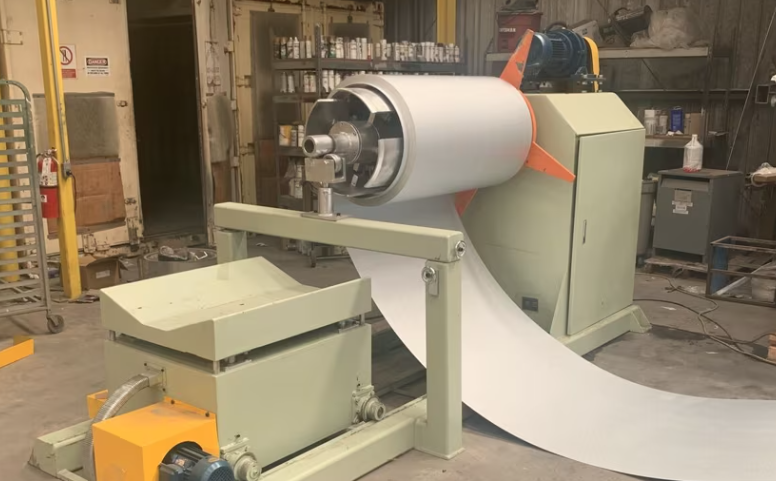
Understanding Coil IDs, Mandrel Sizing, and Shear Pin Safety in Uncoilers
Posted on Wednesday, October 1, 2025
Mismatched sizes can lead to machine damage, downtime, and safety hazards — often evidenced by a shear pin failure.
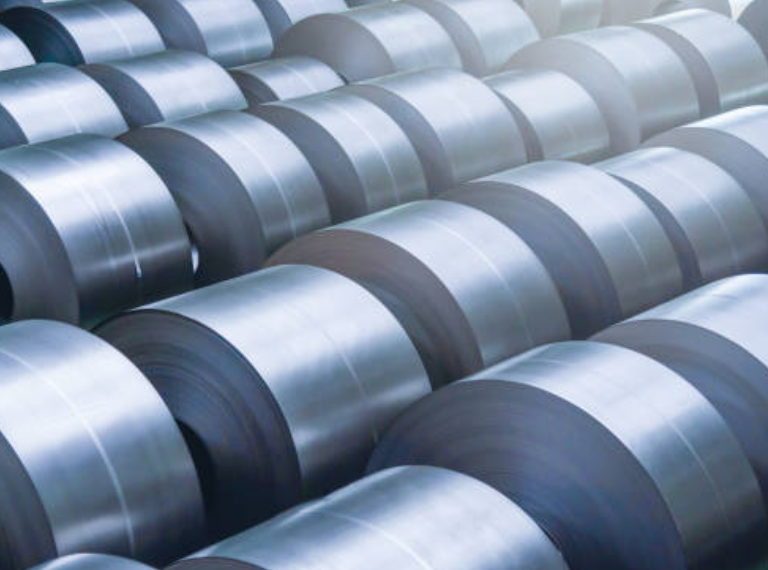
How Coil Tensile Strength Affects Roll Forming and How to Adjust Your Machine
Posted on Wednesday, October 1, 2025
Changes in tensile strength can significantly affect the finished profile, causing misaligned bends, uneven edges, and out-of-spec parts.
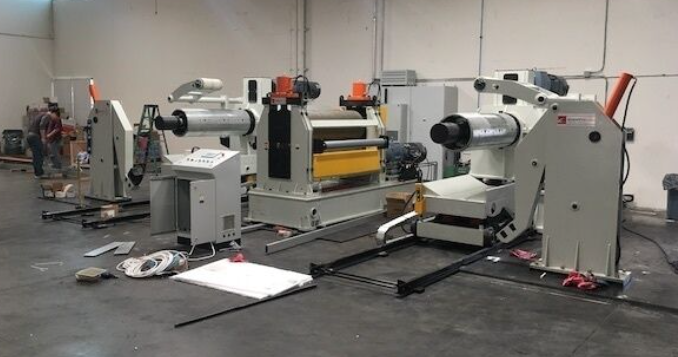
Why Paint Cracks on an Embossing Line Running Pre-Painted Coil and How to Prevent It
Posted on Wednesday, October 1, 2025
This issue not only affects the visual quality of the product but can also lead to increased scrap rates and customer complaints.
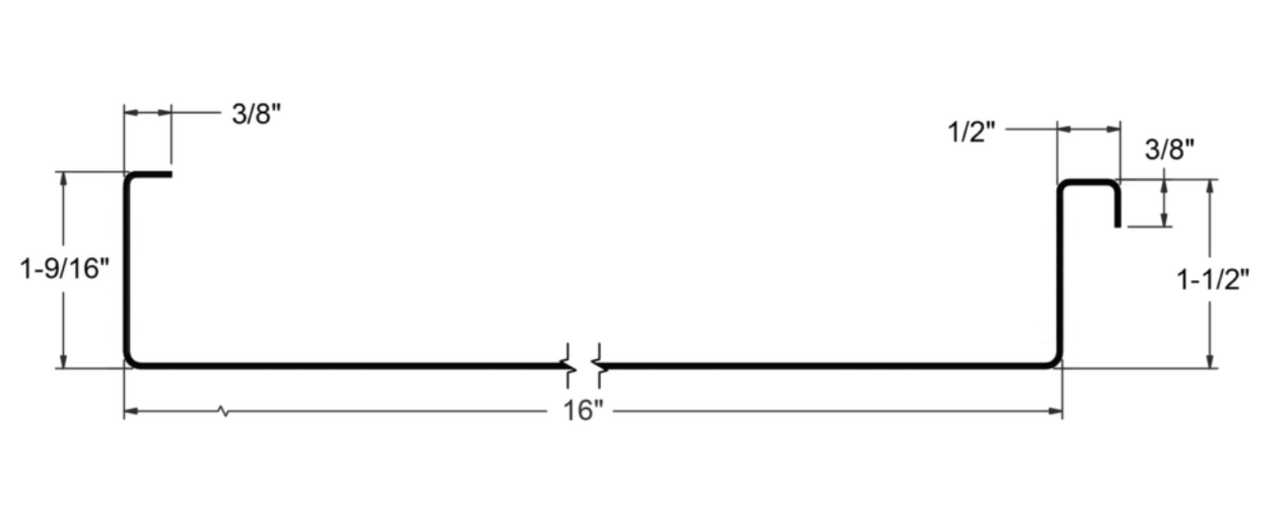
The Most Popular Standing Seam Metal Roof Panels in the U.S. — A Comprehensive Guide
Posted on Monday, September 29, 2025
In this post, we’ll explore what panel styles and sizes are most popular in the U.S